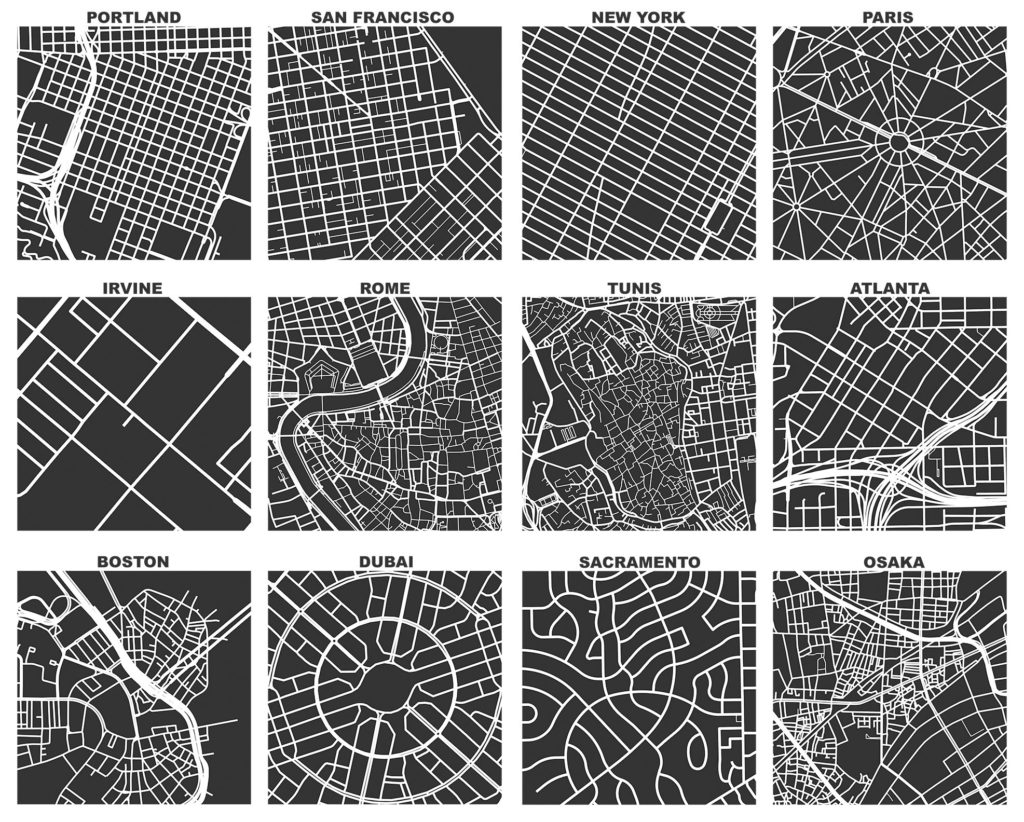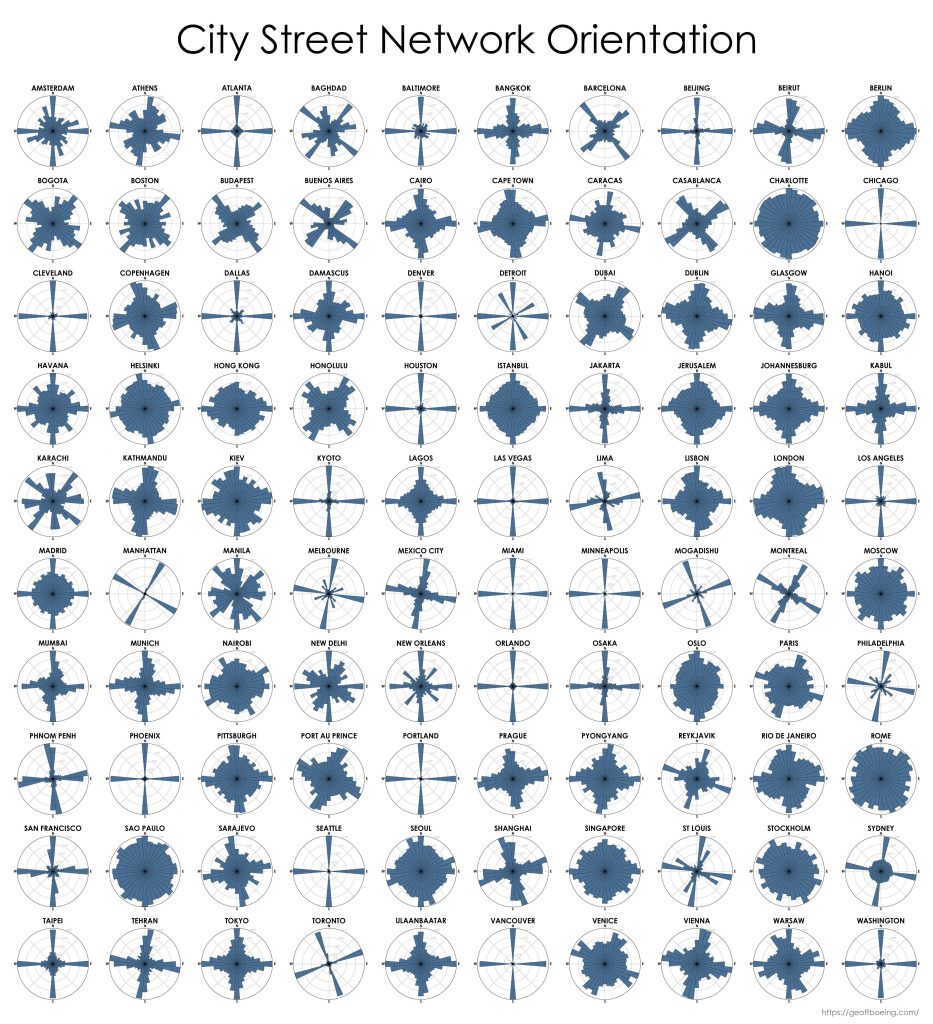I recently coauthored an article titled “Surfacic Networks” in PNAS Nexus with Marc Barthelemy, Alain Chiaradia, and Chris Webster. We propose the concept of surfacic networks to describe a class of spatial networks embedded in non-flat two-dimensional manifolds (e.g., the Earth’s surface), and what this means for distance metrics and lazy path solving when accounting for fluctuations in the manifold’s curvature (e.g., changes in elevation on Earth’s surface).
Surfacic networks are structures built upon a 2D manifold. Many systems, including transportation networks and various urban networks, fall into this category. The fluctuations of node elevations imply significant deviations from typical plane networks and require specific tools to understand their impact. Here, we present such tools, including lazy paths that minimize elevation differences, graph arduousness which measures the tiring nature of shortest paths (SPs), and the excess effort, which characterizes positive elevation variations along SPs. We illustrate these measures using toy models of surfacic networks and empirically examine pedestrian networks in selected cities. Specifically, we examine how changes in elevation affect the spatial distribution of betweenness centrality. We also demonstrate that the excess effort follows a nontrivial power law distribution, with an exponent that is not universal, which illustrates that there is a significant probability of encountering steep slopes along SPs, regardless of the elevation difference between the starting point and the destination. These findings highlight the significance of elevation fluctuations in shaping network characteristics. Surfacic networks offer a promising framework for comprehensively analyzing and modeling complex systems that are situated on or constrained to a surface environment.
For more, check out the article.



